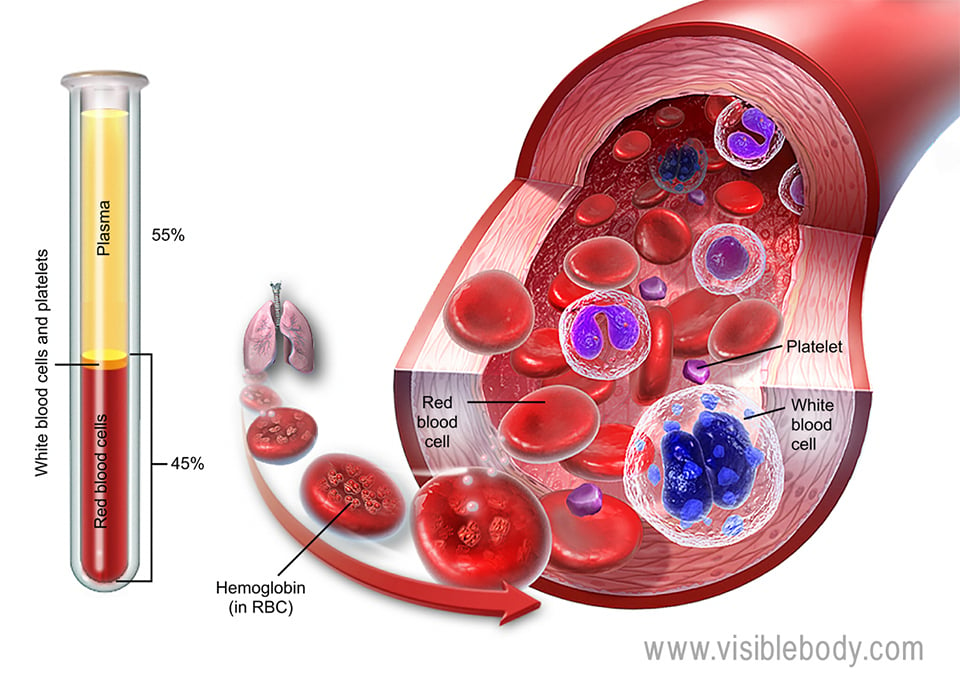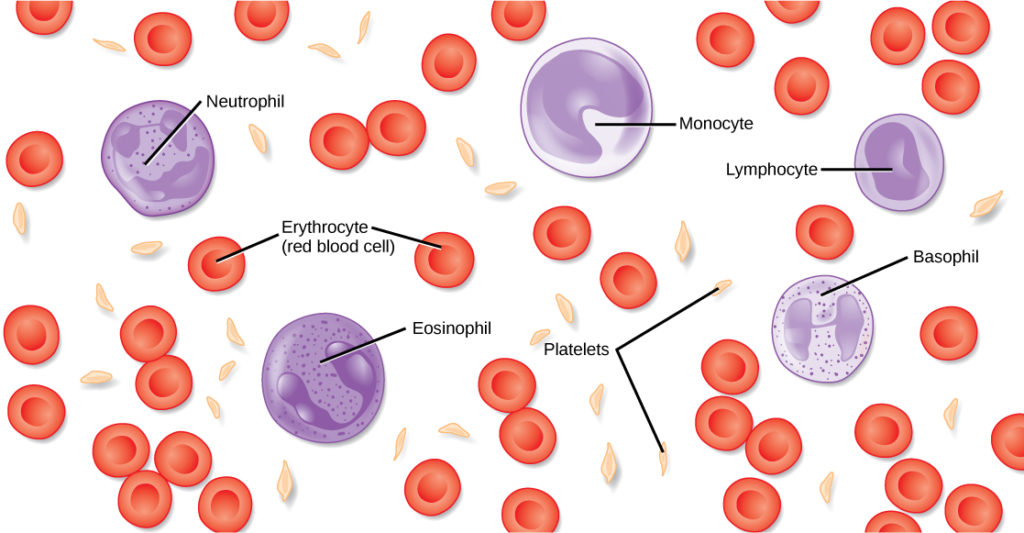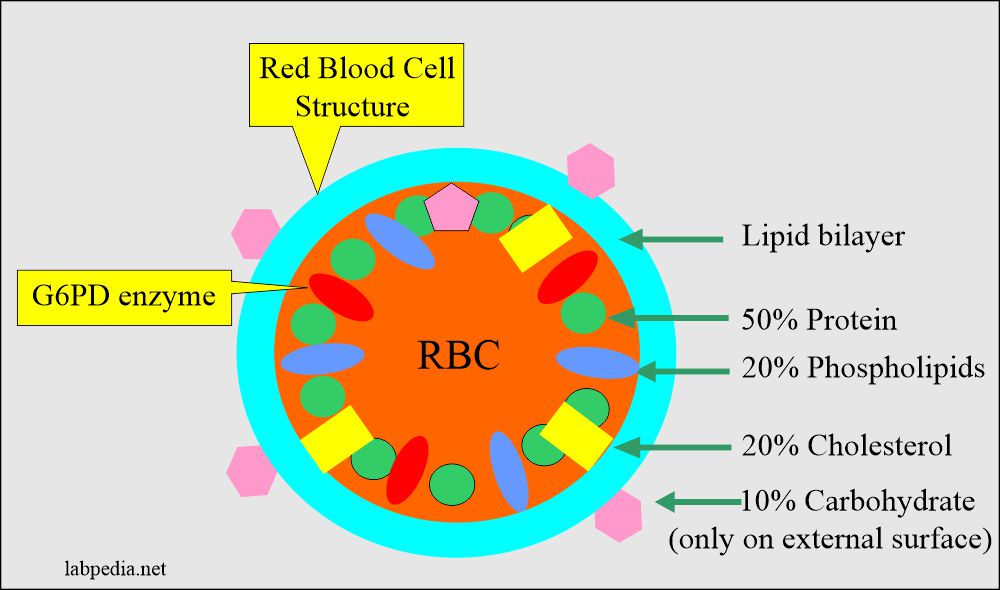How Does Red Blood Cell Shape Help Its Function
Quantity of Red Blood Cells in the Human Body. According to Santa Barbara City College red blood cells biconcave shape gives them a vastly greater surface area than a spherical cell of similar volume which allows them to absorb oxygen more efficiently.

Medical Definition Of Red Blood Cell
This feature of RBCs can be critically affected by genetic or acquired pathological conditions.
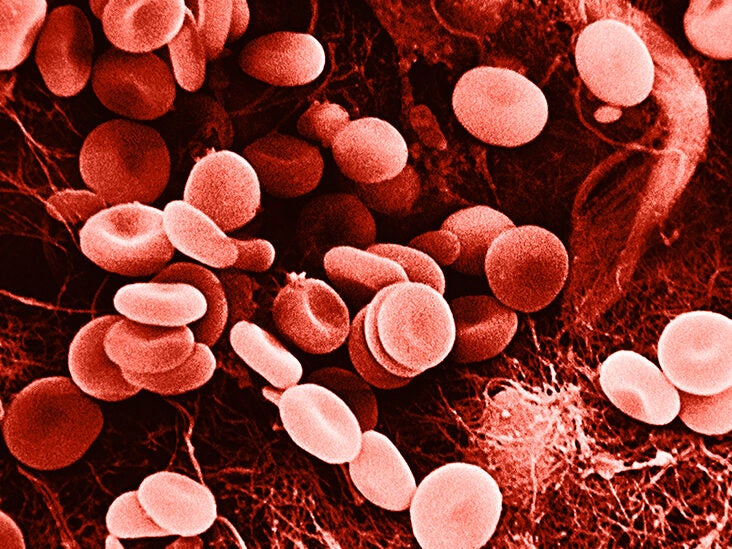
. Instead of round and biconcave they become long and thin. The biconcave shape and corresponding deformability of the human red blood cell RBC is an essential feature of its biological function. Red blood cells get their bright red color from a protein that allows them to carry oxygen from your lungs and deliver it to other tissues in your body hemoglobin.
Contain hemoglobin which allows them to carry oxygen to the cells. RBCs usually look like donuts but with a thin center instead of a hole. Some conditions like sickle cell anemia can cause abnormally shaped RBCs.
White cells unlike red blood cells have a nucleus which allows the synthesis of new chemicals in response to various invaders. Shape Fits The Function Under a microscope a red blood cell looks like a jelly donut with its center pushed in. How does the biconcave shape of a red blood cell make possible its function.
Generally erythrocytes are shaped like a doughnut without a hole in the middle. Some adaptations of the red blood cells RBCs are that. The biconcave shape allows for increased surface area and flexibility as it squeezes through the tiniest of capillaries for.
Various white cells display proteins on their plasma surfaces to communicate the composition of the pathogen. This may cause sudden acute or chronic pain. Red blood cells achieve this shape by losing their nucleus and many other organelles during development.
Their unique shape and composition allow for these specialized cells to carry out their essential functions. This causes a blockage in blood flow. This allows the blood to be squishy in.
Red blood cells are also important in determining human blood type. Erythrocytes red blood cells RBC are the functional component of blood responsible for the transportation of gases and nutrients throughout the human body. Due to the constant fighting of illnesses white blood cells are always consuming bacteria in a process called phagocytosis.
Its biconcave shape maximises the surface area to increase efficiency of oxygen absorption. The shape bi-concave disc increase the surface area to allow more oxygen to be absorbed efficiently. This will help it carry Oxygen and Carbon Dioxide more easily.
Some unhealthy red blood cells develop spikes or protrusions. A red blood cell has what is known as a biconcave shape. The shapes of red blood cells are distinct enough that each has a specific name and it is hard to mistake one shape for another with few exceptions.
The shape of red blood cells RBCs is important for mechanical reasons for the cells to smoothly pass through small capillaries and to properly fit in places to offload carbon dioxide and pick up oxygen. Hemoglobin is what gives RBCs their shape. The average male adult has about 5 million red blood cells per cubic millimeter of blood while the average female adult has about 45 million red blood.
They are small and flexible so that they can fit through narrow blood vessels they have a biconcave shape flattened disc shape to maximise their surface area for. The most familiar example is in sickle cell anemia where the red blood cell develops a sickle or half-moon shape. Although a red blood cell is wider than some capillaries its flexibility allows it to become distorted as it squeezes through narrow passages and then restores to its original shape.
If the shape of RBCs is changed eg. This is an important adaptation that allows the cell to effectively carry oxygen molecules. Sickle cell disease the RBCs can clog up small vessels and cause lots of trouble.
One of the most important adaptations of the red cells is their general shape. Both sides of the cells surface curve inward like the interior of a sphere. This shape aids in a red blood cells ability to maneuver through tiny blood vessels to deliver oxygen to organs and tissues.
Beta cells put out chemical antigens to eliminate invaders chemically. This change in shape can make the cells sticky and unable to flow smoothly through blood vessels. The red blood cells contain hemoglobin which is responsible for the transport and delivery of oxygen.
Have a thin outer membrane to let oxygen diffuse through easily. It contains haemaglobin which allows the binding of oxygen. The disease involves a single DNA mutation that causes the cell wall of the red blood cells to not form properly.
Sickle cell disease is a common disorder of the red blood cells. This can lead to serious health problems. Red blood cells have a set bioconcave shape but the function of white blood cells does not allow them to have a set shape.
The shape is an adaptation for the RBCs function of transporting gassesit increases the surface area through which gases can diffuse. The main function of the red blood cell is transport oxygen around the body to other cells. Red Blood Cells.
How might the shape of blood cell relate to its function. It can also lead to infection or organ damage. The Red Blood Cells shape is a bowl like shape.
One of the functions of heme is to transport oxygen in the bloodstream. Red blood cells are microscopic and have the shape of a flat disk or doughnut which is round with an indentation in the center but it isnt hollow. In this inherited disease the red blood cells are shaped like half moons rather than the normal indented circles.
It is a genetic disease found mostly in persons of African descent. How the Shape of a Cell Relates to Its Function. The RBCs become misshapen.
Red blood cells - Red blood cells are shaped like a flat disc which contains a divot in the center. Structure and Adaptations of Red Blood Cells to their Function Biconcave Shape. Nerve cells or neurons are responsible for carrying electrical signals to and from the brain and spinal.
The role of the erythrocyte is critical in investigating many disease processes in a.
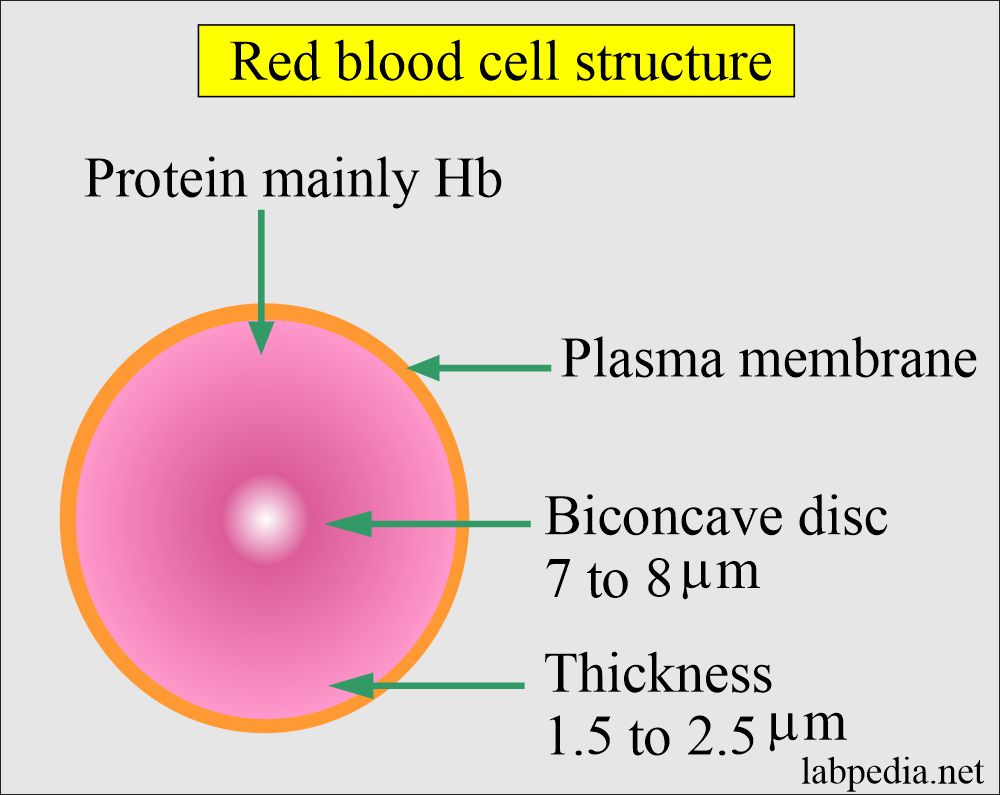
Complete Blood Count Red Blood Cell Morphology
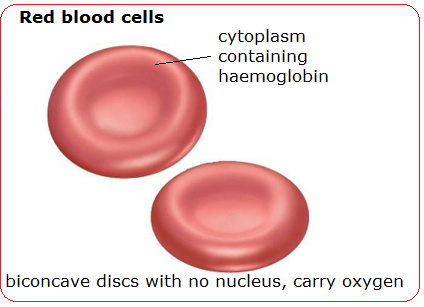
Blood Cells Structure And Functions Biology Notes For Igcse 2014
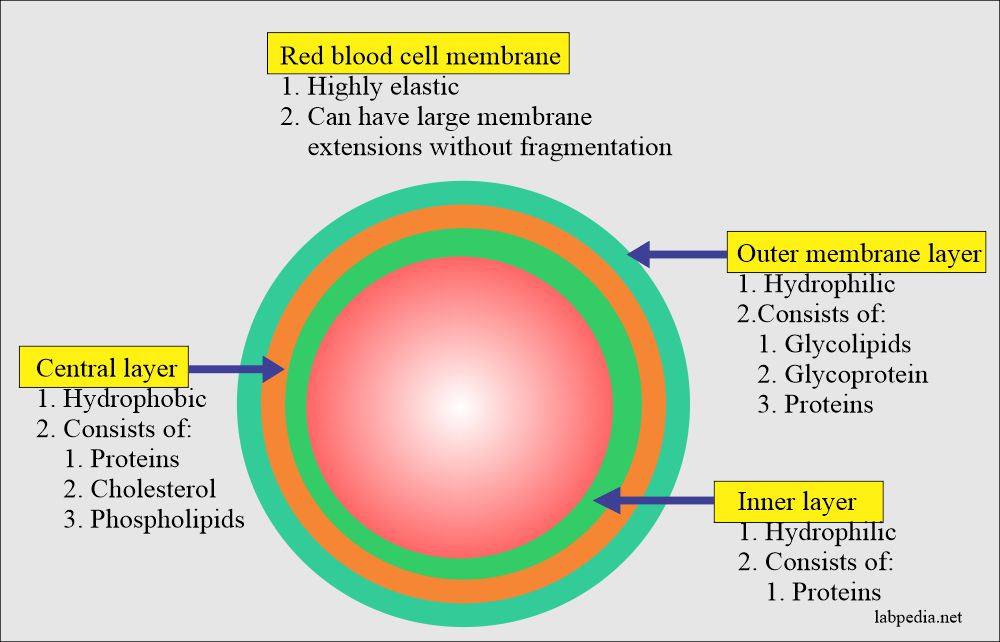
Complete Blood Count Red Blood Cell Morphology
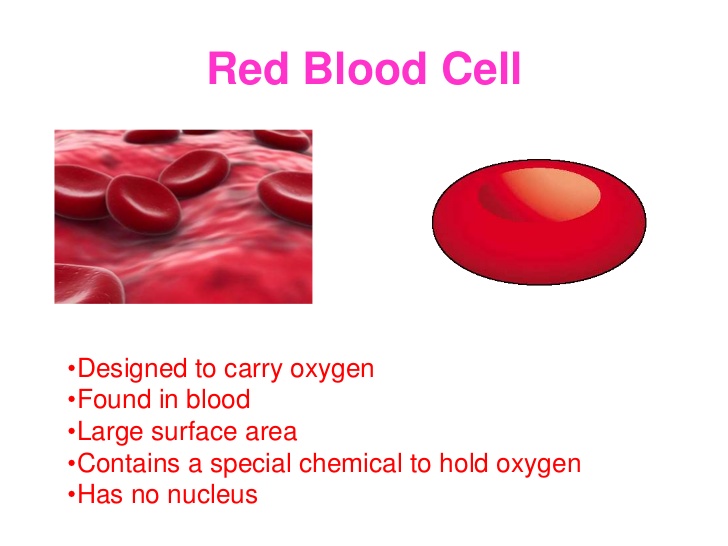
Red Blood Cells Erythrocytes Structure Function Myeloid Tissue Bone Marrow Science Online

Blood Cell The Definitive Guide Biology Dictionary

Lesson Explainer Components Of The Blood Nagwa

Red Blood Cells Red Blood Cells Structure Large Surface Area Ppt Video Online Download
Why Can T The Red Blood Cell Carry Out Other Functions Besides Transporting Oxygen Quora
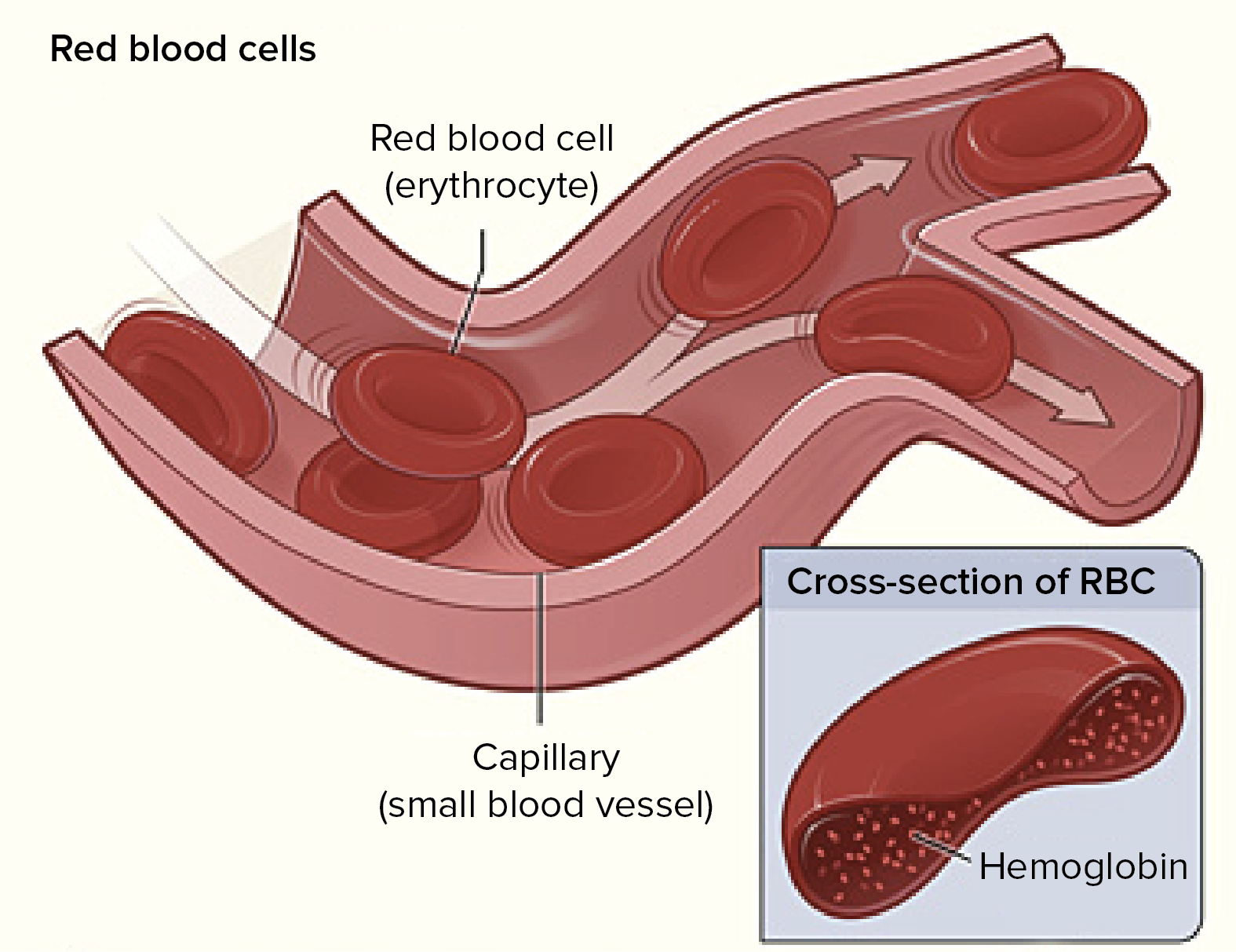
Components Of Blood Article Khan Academy

Red Blood Cell Disorders Types Causes And Symptoms
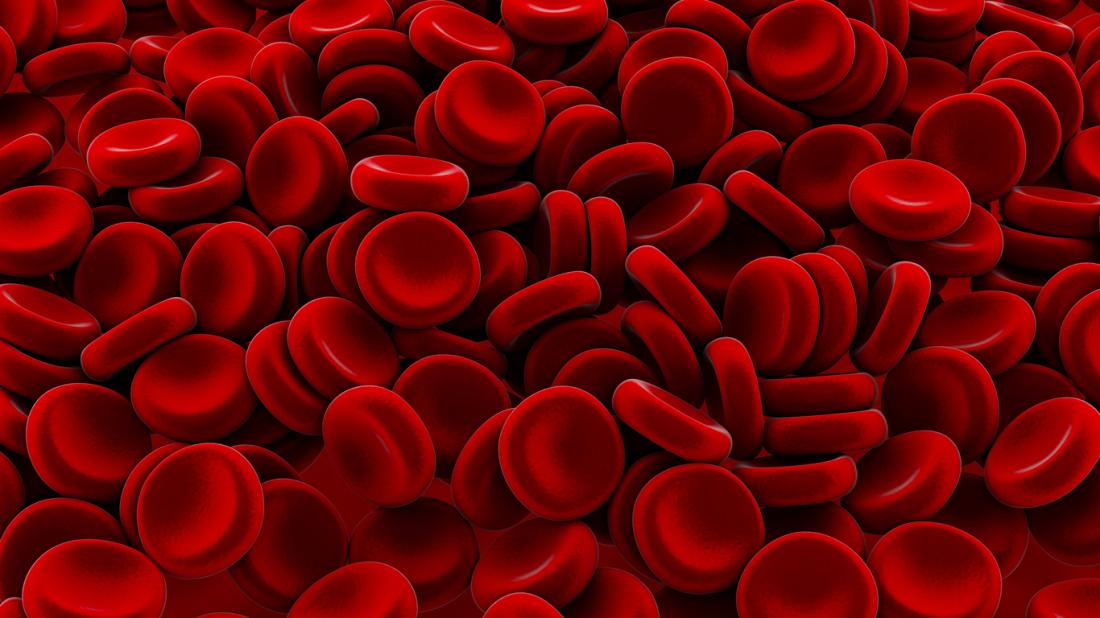
Hematopoiesis Definition Where It Occurs Process And Types
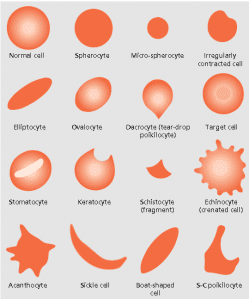
Name That Red Blood Cell Shape Bcit News
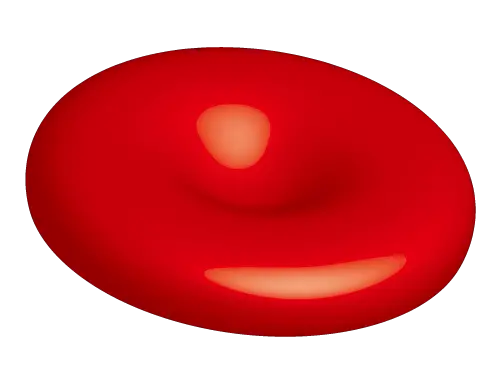
Red Blood Cells Erythrocytes Function Structure Microscopy

Lesson Explainer Components Of The Blood Nagwa

Blood Cells And Its Types With Functions
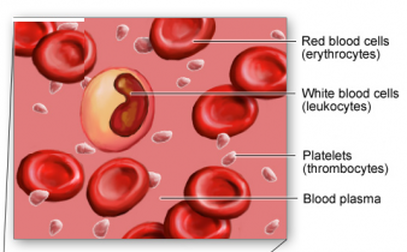
Blood Cells Structure And Functions Biology Notes For Igcse 2014
